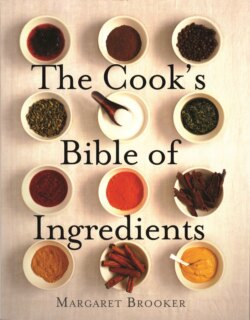Читать книгу Bartending - Margaret Brooker - Страница 20
Rice and Bean noodles
ОглавлениеRice vermicelli Fine, dried, brittle noodles made from an extruded paste of rice flour and water. Translucent when dry, when cooked they become opaque. Vermicelli are versatile, used throughout Asia in soups, stir fries and spring rolls to add texture and contrast; either soft or deep-fried until crisp, their neutral taste is a vehicle for strong flavours. The Chinese call rice vermicelli ‘rice sticks’, but see below.
Rice stick noodles Dried, brittle, flat ribbon noodles ranging in width from narrow to broad. Made from a paste of rice flour and water, like rice vermicelli, they are translucent when dry, becoming opaque when cooked. Though similarly bland in taste, being thicker they are more robust and elastic. Rice sticks are commonly used in Vietnam and Thailand, notably in the famous pad Thai.
Bean thread noodles Fine, wiry, shimmering, translucent noodles extruded from a paste of mung bean starch and water. Extremely tough when dry, they need soaking before cooking (unless deep-frying) when they become glassy and transparent, with a gelatinous, slithery texture. They absorb a lot of cooking liquid so, being relatively tasteless, take on its flavours. Used throughout Asia in spring rolls, soups, braised dishes and desserts, their many names include cellophane, glass, jelly, silver and shining noodles.
Bean curd noodles Brittle, shiny, plastic-looking tubes cut from the thin, golden, crinkly sheets of dried bean curd, made by drying either thin layers of compressed soya bean curds or the skin which forms on top of heated soya milk. Unless being added to broth, they should be reconstituted in water before use. To eat they are rubbery and bland, with an almost-smoky aroma. Also called soya noodles.
